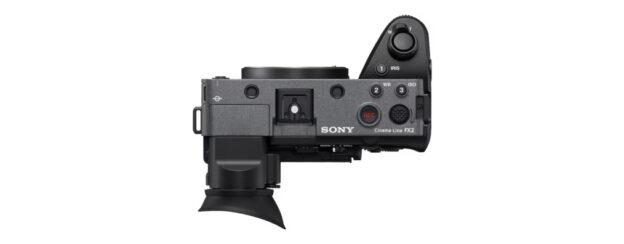Users often are unaware of how harmful blue light emitted from a device can be. Dr Chris Bai, Chief Colour Scientist, BenQ Global is responsible for patenting Low Blue Light technology at BenQ and Bhavya Desai spoke to him about its importance, colour accuracy for professionals and what sets BenQ apart from other companies. Excerpts:
You’ve patented and worked on the Low Blue Light technology at BenQ, which is critical. How did that happen?
Over 10 years ago, we observed that blue light’s effects on people’s daily lives. Hence, we introduced the low blue light technology, initially it was the first gen, which eventually turned into the second generation. The difference between the first and second generation is that the latter was a hardware-based solution. We fine-tuned all the LED wavelengths so you don’t get distorted colour temperature. It’s not going to be yellowish, but you still get the benefit of having a good colour and picture quality and more importantly people can have a good night’s sleep.
This was important. In terms of colour science, why are accurate colours important for both a consumer and a professional?
These are two very different aspects we’re looking at. For the consumer, they don’t really care about the colour reproduction because they look at colours from a fashion colour perspective, which are more saturated, more pleasing to the eye. They don’t care if this red or this green looks correct or not.
But a professional cares about these things since they would like to have a correct image in order to reproduce what they really look like. Hence, we have two aspects of the colours currently. One for consumers, where we’re having what we call glazing colour, so that we do some colour adjustment to best represent what we’re interpreting of the colour or the images. But for professionals, we do not make any adjustments on the monitor, which just truly represents what your artwork, what your videos look like. So, it lets professionals do their adjustment
So, this allows them to layer and colour grade the way they want?
Yes and also allows them to interpret the colours the way they want. It is a blank canvas and you do all your creativity on this canvas. And this is the most diffiuclt part for us, because adjusting the monitors is easy, but to do none of it, like it’s a transparent layer, that’s very difficult.
Do you feel consumers prefer more saturated colours?
Well, this is just a preference. Some people will believe in more saturated colours, some people believe in more neutral colours. From my perspective, when we look at those more saturated colours, like the first 10 seconds, we’ll be like wow. But after 30 seconds, you’ll feel tired, you’ll have fatigue, you don’t want to look at it anymore.
But more subtle colours, more natural colours will last longer because you’ll feel it’s more day-to-day life. This is just your take on what kind of premise you’re looking at – If you want to just impress your viewer within the first 15 seconds, then saturated colour is what you should go for. But if you want your viewers to enjoy your video or artwork for a longer period of time, I think maybe go for subtle colours or neutral colours.
How much time does it take for you to make any subtle changes on a display when it comes to the colour science?
This is really hard to put a number on, but I’ll give you a rough idea. To do adjustment on the monitor itself will take me about a month – to do a really good adjustment. But do some fine tuning, I’ll say several weeks. I need to consider all the aspects though.
How difficult is it to replicate that into a mass market product? From a test bench to final product?
Yes, yes, definitely. There will be variance. So that’s why all our professional monitors come with factory calibration. That’s what makes sure that everything’s on the standard platform. And then we add adjustments. And all of our mainstream monitors, we also come with some basic calibration as well.
What are the three USPs that BenQ has?
I think the first is definitely colour. And secondly, we have a complete solution for professional users, which is colour consistency. We have screen-to-screen colour consistency across different devices. That’s a powerful tool for a creative workflow. And third, that we have a really knowledgeable group of colleagues to help professionals achieve the goal they want to.
What is a good standard display from a consumer’s perspective?
We have standards and take measurements to tell the difference between them. For example, the colour temperature definitely should be 6,500K and any large deviation from that, is not acceptable. For example, the gamma curve should be 2.2 or 2.4 in the industry. Anything deviating from that should not be acceptable. So, we do have measures, thresholds, and targets to follow.












